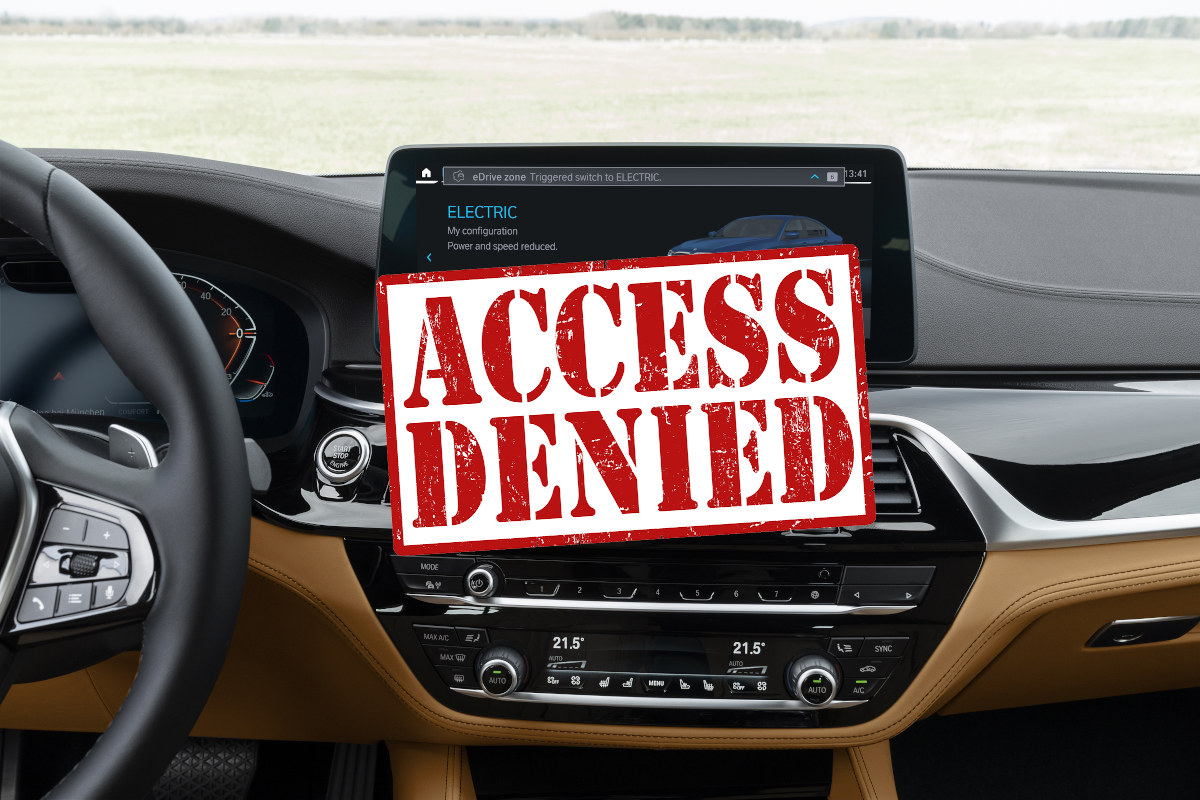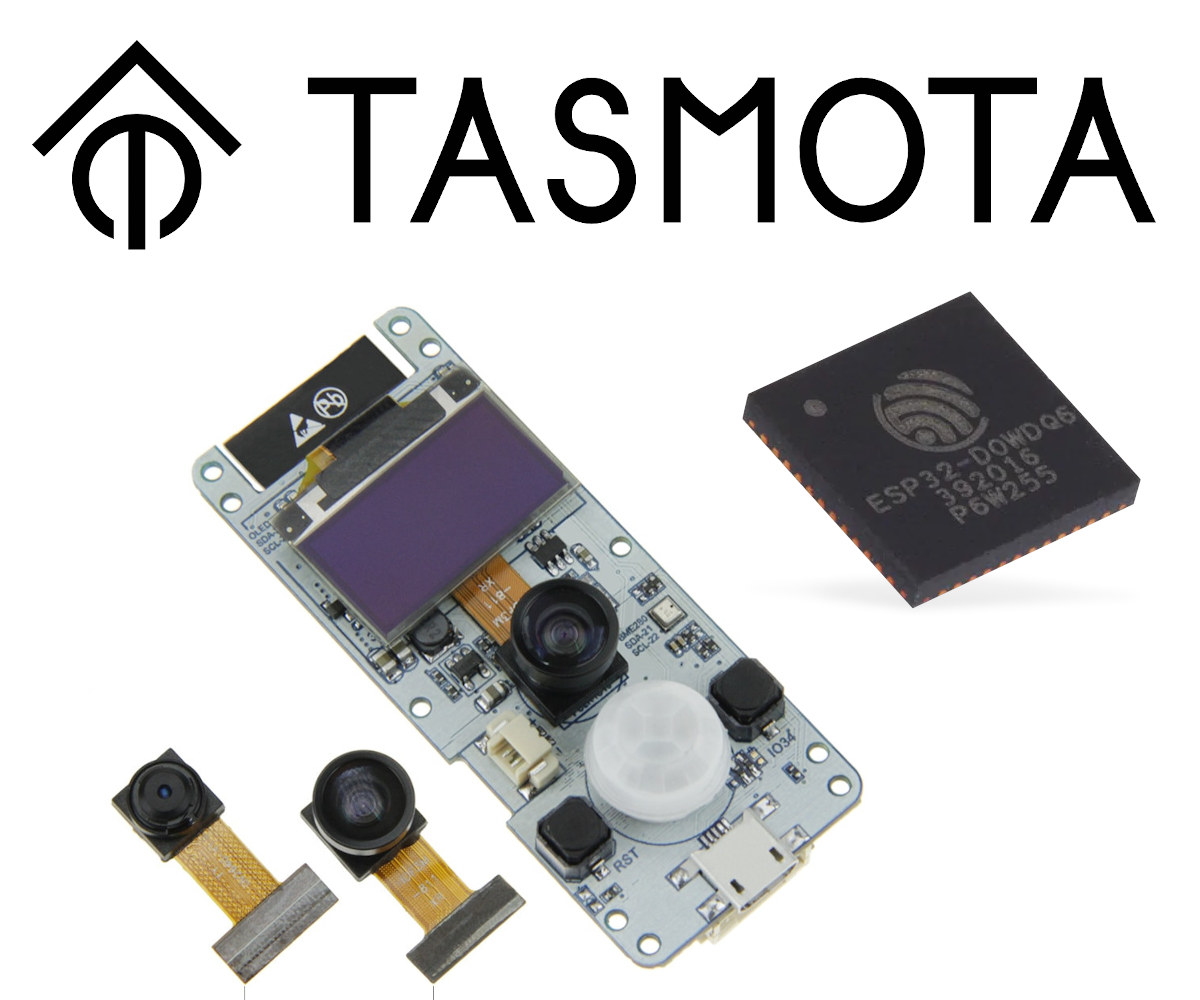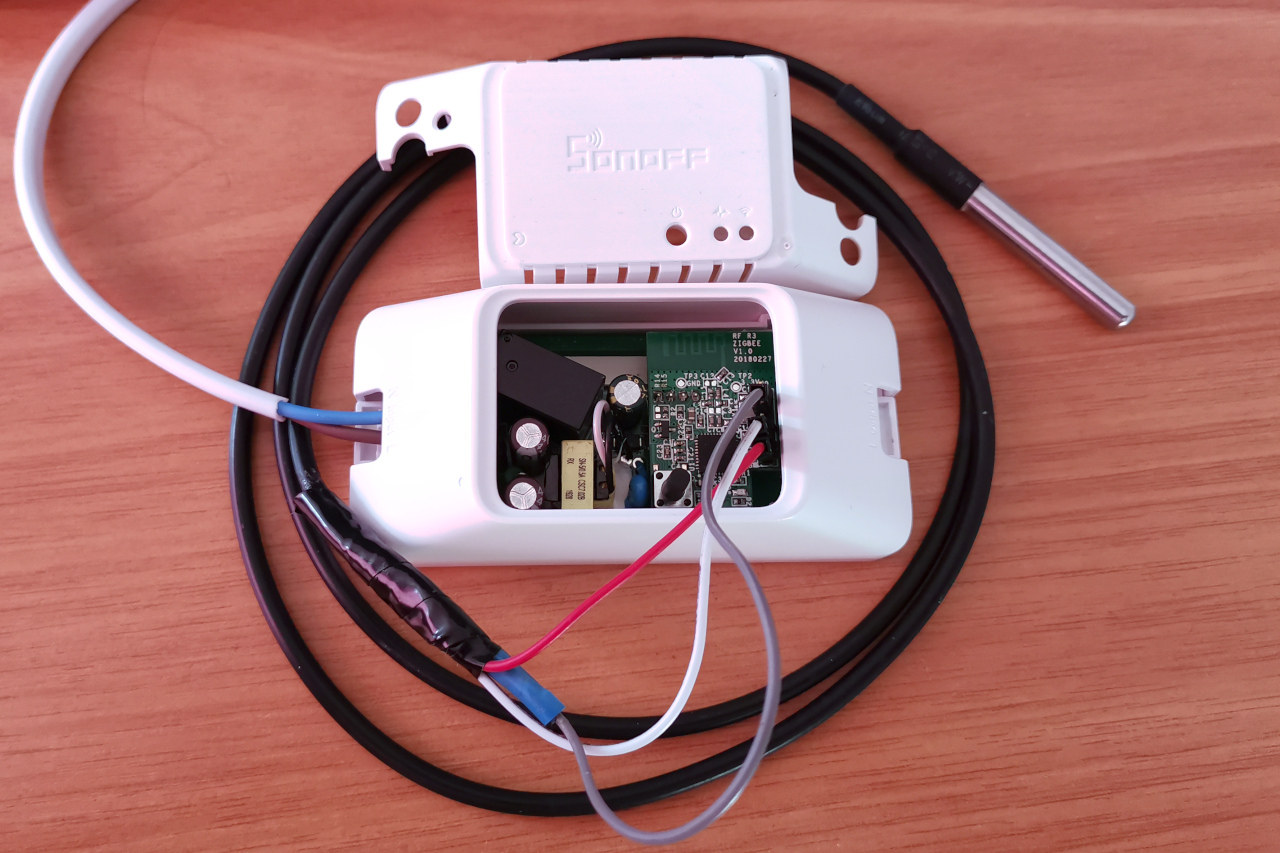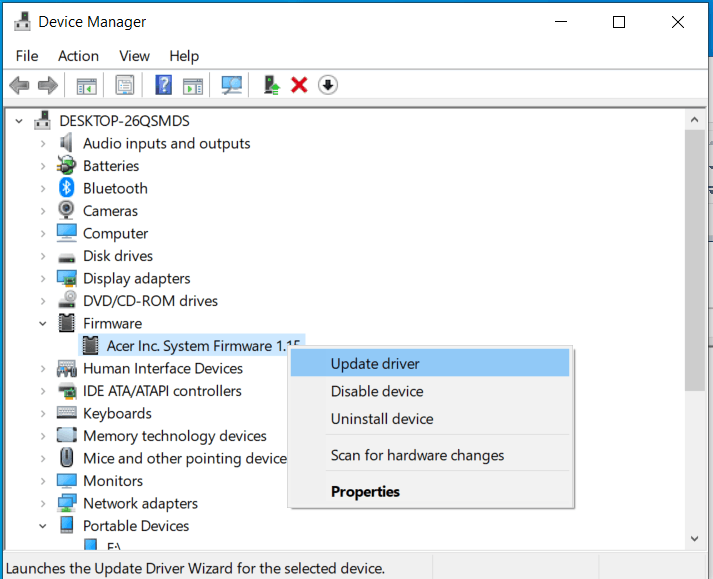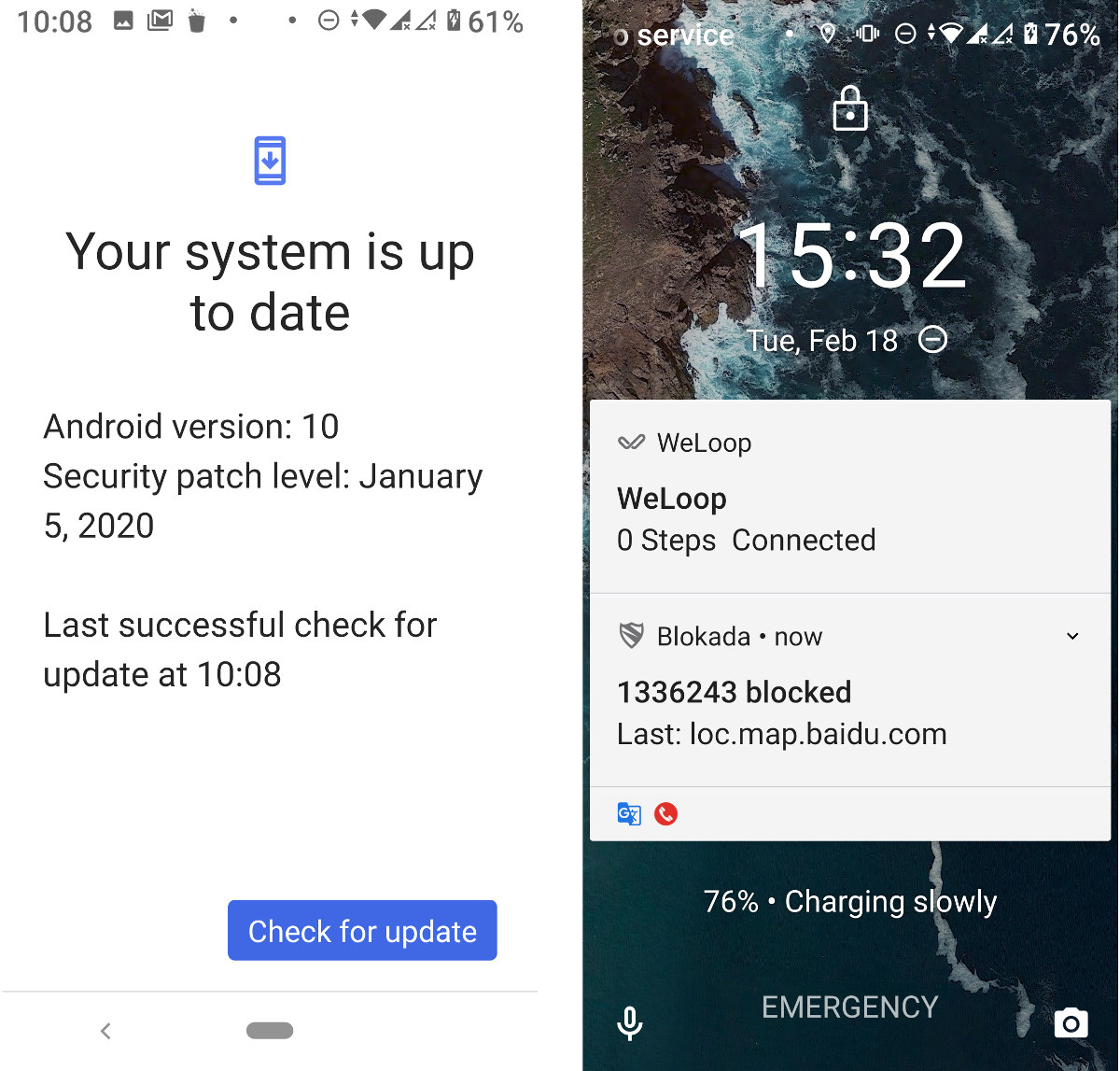Cars are getting smarter and safer, and autonomous driving looks promising but may take longer than expected, as many shortcomings still have to be worked out. In any case, that means most new cars will be connected to the Internet in the future, especially with the launch of 5G and V2X solutions. This will bring benefits and new business models, as BMW showcased at the recent BMW Connected Car Beta Days 2020. BMW lists a long list of new advantages of an upcoming software upgrade with improved BWM maps, connected parking to help you find parking space, connected charging to “make mobility more sustainable and innovative”, BMW Digital Key that turns an iPhone into a secure digital vehicle key, wireless support of Google’s Android Auto, and the BMW Intelligent Personal Assistant has received some improvement with the virtual character now turns towards the person talking and can distinguish between addressing […]
TASMOTA Now Supports ESP32 Targets including some Ethernet and Camera Boards
TASMOTA now supports ESP32. The open-source firmware was initially designed for ESP8266 and ESP8285 based Sonoff home automation devices providing an alternative to eWelink firmware with support for MQTT protocol allowing integration with home automation frameworks like Domoticz or openHAB. It has since then expanded to support hardware from various brands, but until recently you were still limited to products with ESP8266 or ESP8285, and the good news is that TASMOTA has now gotten experimental support for ESP32 boards and products such as TTGO T-Camera. You’ll find basic documentation and well as Tasmota ESP32 (aka Tasmota32) firmware files for LilyGO TTGO T-Camera board, displays, and I2C sensor on Tasmota Github.io website. The ESP32 port is based on Jörg Schüler-Maroldt’s work. PuceBacoon also found other ESP32 boards in the source code including Olimex ESP32-PoE board in xdrv_82_ethernet.ino file and “AI Thinker” cameras in xdrv_81_webcam.ino. If you’d like to give it a […]
Looking for an Android Phone with Long Term Support? Fairphone 2 Gets Android 9 Five Years After Launch
When you use a laptop or computer with Windows or Linux, you’re pretty much assured to get regular security updates. That’s partially why I prefer to do things like online banking on my computer rather than a phone, despite banks pushing for mobile apps. Why? Because most mobile phones get limited support. I selected an Android One phone, namely Xiaomi Mi A2, because I would get updates for at least 18 months. When you think about it it’s quite pathetic, but that’s about the best Android has to offer. It’s quite better on Apple side with updates for 4 to 5 years for iPhones, while Google Pixel phones are said to get updates for about 3+ years. How you deliver updates also matter, as I recently heard Samsung users complain about frequent updates, while they had somehow no such complaint about their iPhone. But if you’re not quite ready to […]
Zigbee Firmware News – TI Z-Stack 3.0 Zigbee for CC2530 & ptvo Zigbee FW Configuration Tool
We’ve been writing about Zigbee more in recent months with either product announcements such as Sonoff ZBBridge WiFi to Zigbee gateway, and open-source software updates such as Tasmota support for Zigbee connectivity. We’ve recently been tipped about Zigbee-related news, namely TI Z-Stack 3.0 Zigbee router firmware port to Sonoff BASICZBR3, and ptvo Zigbee Configurable Firmware v2.4 GUI tool designed to create alternative Zigbee switch and router firmware for TI CC253x based modules and devices TI Z-Stack 3.0 Zigbee Router Firmware on Sonoff BASICZBR3 Kirovilya, a well-known open-source developer and founder of ioBroker open-source home automation software, has ported TI Z-Stack 3.0 Zigbee router firmware to CC2530 and tested it on Sonoff BASICZBR3 with DS18B20 waterproof temperature sensor. This is significant as Sonoff BASICZBR3 is only shipped with TI Z-Stack Home 1.2 Zigbee router firmware and I was told no one else had ported TI Z-Stack 3.0 Zigbee to CC2530 chip […]
Updating the BIOS (System Firmware) from the Device Manager in Windows 10
I recently started having problems playing YouTube videos in Firefox and Chrome in Ubuntu 18.04. The video would load, and I could see frames at any time, but it would just not play. I soon discovered that killing PulseAudio, and the video would play without audio. I also noticed I had Dummy Output in Sound settings. I tried all usual tricks to fix this, but still no luck. Then I discovered I had audio just after booting my computer, but after a while, there would be no audio at all. This seems to match the time by which the AMD GPU drives crashes (just warning), something that had happened ever since I installed Ubuntu on my Acer laptop. After more failed attempts, I decided to try to update the BIOS using Windows 10. A 10-minute task, right? I would just have to replace the hard drive with one pre-loaded with […]
Android 10 on Xiaomi Mi A2 (Lite) or When Firmware Updates Go Wrong
I’ve been using Xiaomi Mi A2 smartphone since December 2018. At the time, it shipped with Android 8.0, but I soon got an update to Android 8.1, and later to Android 9.0. I’m quite satisfied with the phone as it receives (almost) monthly security updates, works reasonably faster, features a decent camera, and overall does the job. The biggest complaint I have so far is about storage. It comes with 32GB eMMC flash and no MicroSD card slot, and it’s constantly full, so I have to clear the cache often, and sometimes I need to uninstall an app and reinstall it in order to install an update. Sometimes in January, I got a notification about Android 10 updates, but since I was out of space, I only installed it late February after some serious storage cleaning… The update went smoothly, and after some adjustment to the settings I was back […]
Raspberry Pi Imager Makes Flashing OS Images Easier on Windows, macOS and Ubuntu
Most regular readers of this blog will probably find flashing operating system images to a MicroSD card to be child play. Just download the latest OS image, install balenaEtcher, select the image, the MicroSD card and you’re done. But people who have never used such tools may find it a bit confusing, so the Raspberry Pi Foundation has developer and now released a tool – Raspberry Pi Imager – working on Windows, macOS, and Ubuntu that makes it even easier. You’ll find the tool for your OS of choice on the Download page on Raspberry Pi website. I’ve given it a try in Ubuntu 18.04. Click on Operating System will bring you a list of the latest supported operating systems, an option to fully erase the MicroSD card, and another to install your own – already downloaded – custom image. I’ve selected Raspbian 2020-02-13, inserted my SD card and selected […]
Google Releases Android 11 Developer Preview – What’s New?
I’ve only just upgraded my Xiaomi Mi A2 phone to Android 10 earlier this week, but Google is already preparing for the next version of the mobile operating system, and the company has already released the first developer preview for Android 11 OS. Enhancements for foldables and 5G, call-screening APIs, new media & camera capabilities, and machine learning are some of the improvements brought to Android 11 so far. Some of Android 11 highlights include: Updates of existing connectivity APIs to take advantage of improved 5G speeds. Dynamic meteredness API to check whether the connection is unmetered in order to offer higher resolution or quality for users who don’t need to pay extra for data Bandwidth estimator API to check the downstream/upstream bandwidth without having to poll the network. Pinhole and waterfall screen support – Pinhole screens are the ones with a round opening for the camera, and waterfall […]


